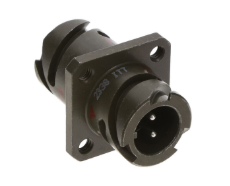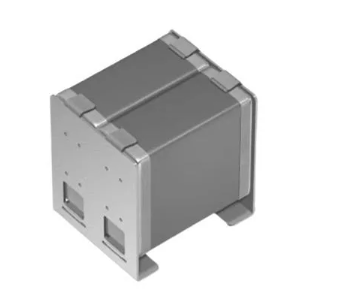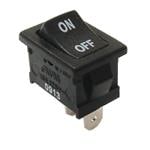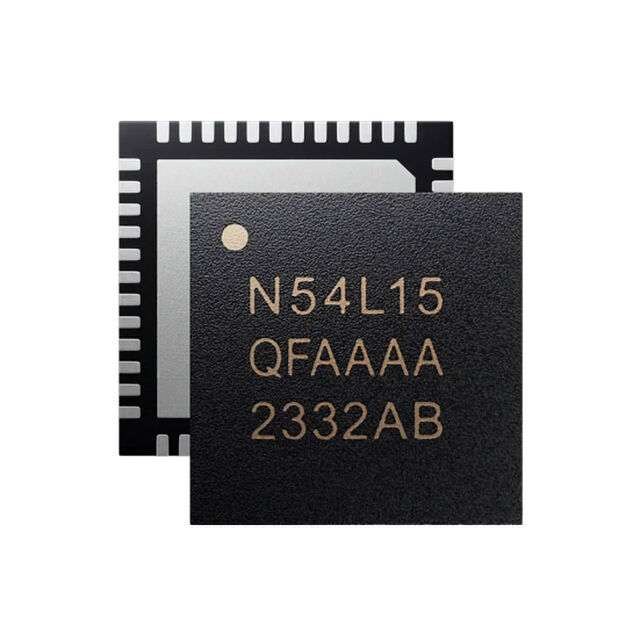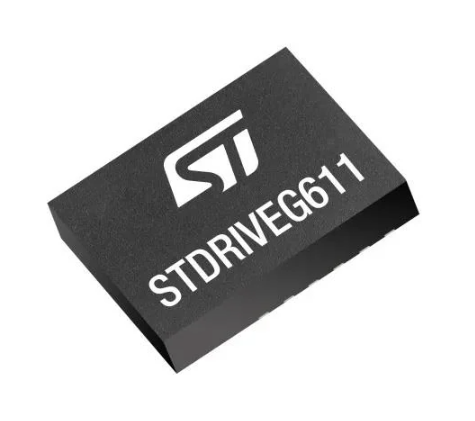STMicro debuts low-side current-measurement amplifier
STMicroelectronics’ TSC1801 low-side current-measurement amplifier integrates matched resistors to set the gain, which simplifies the circuit design, saves bill-of-materials costs, and ensures gain accuracy within 0.15% over the entire temperature range.
The fixed gain also eliminates production trimming of external resistors.
Offering very high accuracy and wide bandwidth, the TSC1801 is used for motor control, solar power conditioning, high-bandwidth current sensing, and automotive power conditioning. The first gain value offered is 20V/V, with 5V/V and 50V/V models to follow.
Capable of bidirectional current sensing, the amplifier is optimised for use with precision low-value shunt (sense) resistors at low common-mode voltages. The architecture, dedicated to low-side sensing, permits tightly controlled parameters, including total output error better than 0.5% and offset voltage of ±200μV (max).
The TSC1801’s 2.1MHz bandwidth rating allows pulse-by-pulse current control even in very high-frequency power-management systems, translating to benefits such as smoother torque adjustment for lower vibration in motor drives. The amplifier’s fast response also ensures rapid over-current detection, protecting sensitive output-stage components against being damaged in the event of a fault.
The device can accommodate a wide supply voltage range (2.0V to 5.5V) with an operating temperature range of -40°C to +125°C. Automotive versions are available, qualified and characterised according to AEC-Q100 and Q003 or equivalent, with advanced screening according to AEC Q001 and Q002 or equivalent.
As well as its use in automotive and motor-control applications, the TSC1801 is expected to find applications in industrial, server and telecom infrastructure power conversion, power factor correction and high-accuracy signal conditioning.



